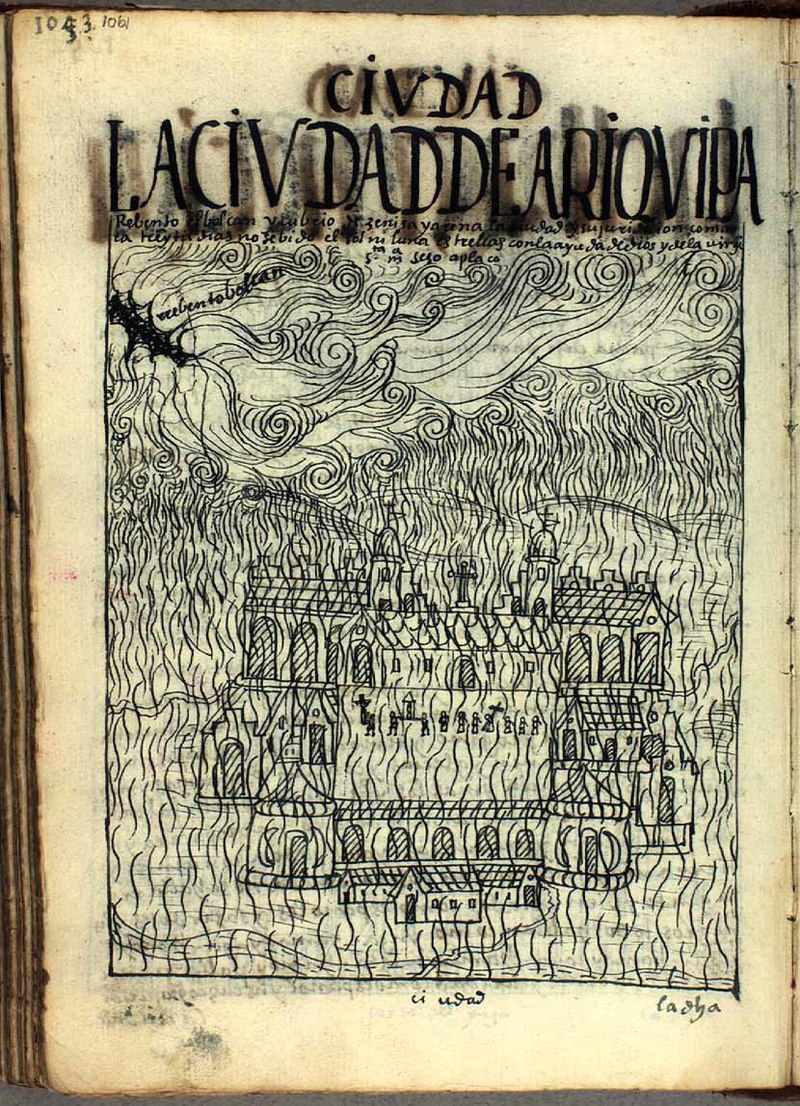
This week in 1600, South America experienced the most violent volcanic eruption in its recorded history. The volcano known as Huaynaputina, in Peru, exploded, and the impact was global. The surrounding area was devastated, of course – much of it buried in six feet of volcanic ash and rock. But the eruption also altered global climate, as major volcanoes sometimes do – with ash and other particulates flung into the sky blocking sunlight around the world, leading to falling temperatures. That in turn brought famines, floods, droughts, and waves of cold weather to various regions in the northern hemisphere. In fact, the eruption of Huaynaputina and other volcanoes around the same time probably contributed to the Little Ice Age: a period of historic cold weather around the world, from the 1600’s to, arguably, the 1800’s.
The image above is an artist’s depiction of Arequipa, the city closest to Huaynaputina, showing ash falling on the city following the eruption.

0 Comments